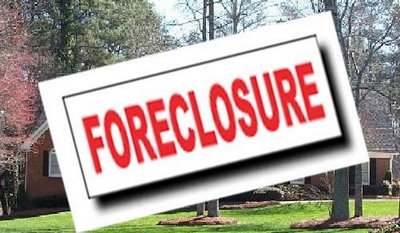 In August of 2008 tenants from a building in Englewood called MTO’s Tenants Rights Hotline complaining about egregious conditions including broken security locks, pest infestations, and lack of essential services, like heat. MTO immediately sent organizers out to assess the situation. The Ada-Throop buildings are subsidized by the US Department of Housing and Urban Development (HUD). In addition to confirming the deplorable conditions tenants reported, MTO organizers learned that the building was in foreclosure and that the building’s subsidy was at risk.
In August of 2008 tenants from a building in Englewood called MTO’s Tenants Rights Hotline complaining about egregious conditions including broken security locks, pest infestations, and lack of essential services, like heat. MTO immediately sent organizers out to assess the situation. The Ada-Throop buildings are subsidized by the US Department of Housing and Urban Development (HUD). In addition to confirming the deplorable conditions tenants reported, MTO organizers learned that the building was in foreclosure and that the building’s subsidy was at risk.
The Ada-Throop buildings, in many ways, represent the predicament that the foreclosure crisis has caused in many tenants’ lives. The tenants in Ada-Throop lived in quickly deteriorating conditions because the owner was either unwilling or unable to attend to the upkeep of the building, let alone pay the mortgage. Often unresolved repairs are the first sign of a landlord in foreclosure. Because of unacceptable building conditions, there was fear HUD would eliminate the subsidy of the property, and thus everyone would have to move.
Foreclosures also put into question the person ‘in charge’ during the court process. The courts, the banks, or the old owner often do not want to invest the needed resources in foreclosure buildings.
Fortunately, the tenants worked together with MTO to take back control over their living conditions. The tenants association secured the assistance of the City of Chicago’s Troubled Building Initiative and a court appointed receiver took over management of the buildings. Working with the court appointed management company, tenants continued to organize, heat was restored in the building and conditions were improved.
Thanks to the efforts of the Metropolitan Tenants Organization working in conjunction with the Shriver Center, the Community Investment Corporations (CIC) and HUD, these buildings and their affordable housing subsidizes were all preserved. Today, there remain problems and obstacles to overcome in the building. But since the tenants have organized, conditions have improved and new owners will soon be ready to take over the buildings. These new owners are currently looking into securing loans to do rehabilitation work on these affordable subsidized buildings.
Summary Prepared by Robert Clack